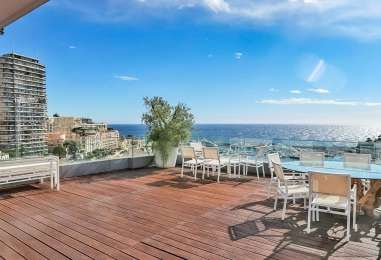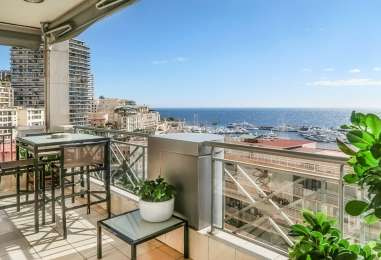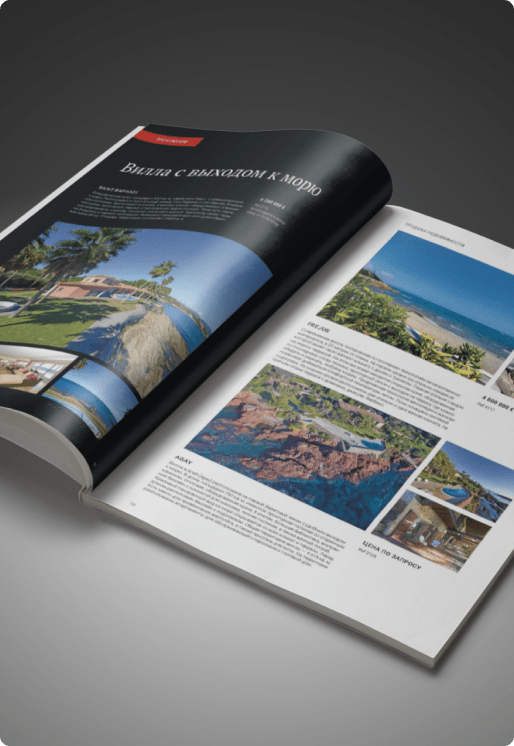Introduction
Viager, an innovative transaction model in the French real estate market, presents a unique approach to property investment. This system combines the aspects of traditional real estate with the flexibility of financial planning, offering a distinctive pathway for acquiring properties. Viager stands out for its method of property acquisition through life annuities, catering to a range of investment strategies and personal financial goals. This article explores the mechanics, benefits, and considerations of Viager transactions, shedding light on its role in modern real estate investment.
Understanding Viager
A Viager transaction in France is a distinctive real estate agreement where property ownership is transferred from the seller (annuitant) to the buyer in exchange for a life annuity. This life annuity is a recurring financial obligation that the buyer agrees to pay for the duration of the seller’s life. The final cost of the property in a Viager transaction remains uncertain until the end of the seller’s life, making it a unique form of investment with elements of both real estate and retirement planning.
There are two primary types of Viager transactions, each catering to different needs and scenarios:
-
Occupied Viager (Viager Occupé): In this most common form of Viager, making up approximately 90% of all Viager transactions, the seller retains the right to live in the property until their death. The buyer, in this case, pays a lower life annuity due to the value of the right of usage and habitation retained by the seller. This arrangement allows the seller, often a retiree, to secure a regular income stream and continue living in their home, offering a sense of security and stability.
-
Free Viager (Viager Libre): Contrasting with Occupied Viager, in Free Viager, the property is vacant at the point of sale. The buyer can, therefore, occupy the property immediately or choose to rent it out. This type of Viager is less common but can be particularly attractive to buyers looking for immediate use of the property or for investment purposes, such as rental income. The life annuity payments in Free Viager are typically higher compared to Occupied Viager, reflecting the immediate availability and full use of the property.
The Mechanics of Viager Transactions
Viager transactions in France are underpinned by the concept of life annuities, a financial arrangement where the buyer agrees to make periodic payments to the seller for the duration of the seller’s life. This unique system involves several key legal considerations:
-
Notary's Role: Central to the Viager transaction, the notary ensures that all legal requirements are met. They are responsible for drafting and overseeing the contract, ensuring both parties understand their obligations and rights. A critical function of the notary is to implement a vendor’s lien. This legal mechanism acts as a security measure for the seller, safeguarding their interests in case the buyer fails to make the agreed annuity payments. The notary also ensures that the transaction adheres to French property laws and taxation regulations, providing a layer of legal protection and clarity to what can be a complex agreement.
-
Legal Risks and Protections: Viager transactions come with inherent legal risks, primarily related to the health and lifespan of the seller. A significant legal risk arises if the seller’s health deteriorates rapidly after the sale, leading to their death. If the seller passes away within 20 days of the contract signing due to a pre-existing condition, the transaction may be subject to cancellation or annulment. This aspect of the contract, known as the "hazard," is a legal measure to protect the buyer from an unforeseen and immediate end to the annuity period, which could otherwise result in a financial loss. It's designed to ensure fairness in the transaction by accounting for the unpredictable nature of life expectancy.
These mechanics highlight the intricate nature of Viager transactions, where legal expertise and thorough understanding are paramount. Both buyers and sellers must navigate these transactions with care, ideally under the guidance of experienced professionals, to ensure their interests are adequately protected and the transaction proceeds smoothly.
Calculating Life Annuity
In Viager transactions, the life annuity represents the periodic payments made by the buyer to the seller. The calculation of this annuity is a critical aspect, influenced by multiple factors that interplay to determine the annuity's value:
-
Seller's Age: The age of the seller at the time of the transaction is a pivotal factor in calculating the life annuity. Generally, a younger seller leads to lower annuity payments, reflecting the longer expected duration of payments due to a longer life expectancy. Conversely, an older seller would typically result in higher annuity payments, given the shorter expected duration of the annuity period.
-
Property's Market Value: The market value of the property being sold is the starting point for calculating the life annuity. It sets the base value upon which the annuity payments are structured. The property's location, condition, and market demand all contribute to determining its market value.
-
Bouquet (Initial Lump Sum Payment): In addition to the life annuity, the buyer often pays an initial lump sum known as a "bouquet." This amount typically represents around 30% of the property's market value, although this percentage can vary based on negotiation and other transaction specifics. The bouquet is a crucial component, as it directly impacts the amount and structure of the subsequent annuity payments – a higher bouquet generally results in lower ongoing annuity payments.
-
Annual Adjustments: Life annuities in Viager transactions are not static; they are subject to annual adjustments to reflect changes in the cost of living and economic conditions. These adjustments are commonly indexed to the construction cost index or similar economic indicators, ensuring that the value of the payments remains in line with inflation and market trends.
Understanding these factors is essential for both buyers and sellers in a Viager transaction, as they directly affect the financial arrangement and the long-term viability of the agreement. Accurate calculation of the life annuity is fundamental to ensuring that the transaction is fair and sustainable for both parties involved.
Taxation and Financial Implications
Tax implications in Viager sales vary significantly based on the seller's age at the time of sale, directly influencing the taxable portion of the annuity:
Age-Based Taxation Rates:
- Under 50 years (70% taxable): A substantial part of the annuity is taxable, reflecting the longer duration of payments expected for younger sellers.
- 50 to 59 years (50% taxable): For sellers in this age range, half of the annuity is subject to taxation.
- 60 to 69 years (40% taxable): Sellers in this group have a lower taxable portion of the annuity.
- Over 70 years (30% taxable): This age group benefits from the lowest taxable rate, accommodating the financial needs of older sellers.
Real Estate Capital Gains and Taxes:
- Viager sales include real estate capital gains and taxes, aligning with the general property sales norms in France.
- An important exemption applies to the sale of a primary residence, often resulting in reduced tax liabilities for the seller.
These taxation and financial aspects are integral to Viager transactions, influencing both buyers' and sellers' decisions. A clear understanding of these elements is essential for effective financial planning and navigating the unique Viager market.
Advantages and Challenges of Viager Investments
Viager investments, while offering unique opportunities in the real estate market, also come with their own set of advantages and challenges for both buyers and sellers:
Advantages for Buyers
- Lower Initial Investment Costs: Viager allows buyers to acquire properties without the need for a large upfront payment, making it financially accessible. The initial payment, known as the bouquet, is often about 30% of the property's value, with the rest paid as a life annuity.
- Potential for Value Appreciation: Buyers can benefit from the appreciation in the property's value over time, especially in sought-after areas like the French Riviera, making Viager a potentially lucrative long-term investment.
Benefits for Sellers
- Regular Income: Viager provides sellers, typically older homeowners, with a steady income stream through the life annuity, offering financial security in retirement.
- Continued Home Occupancy: Particularly in Occupied Viager agreements, sellers retain the right to live in their property for the rest of their lives, ensuring stability and peace of mind.
Challenges
- Unpredictability of the Seller’s Lifespan: One of the primary challenges in Viager investments is the uncertainty surrounding the seller's lifespan. This unpredictability can impact the total cost for buyers, as the duration of annuity payments varies.
- Complex Legal and Financial Arrangements: Navigating the legalities and financial intricacies of Viager transactions requires careful consideration and often professional guidance. The complexities include understanding the tax implications, adjusting annuities annually, and managing potential legal risks like contract nullification in certain circumstances.
Conclusion
In summary, the Viager system in France presents a unique intersection of traditional real estate practices and innovative financial arrangements. It offers buyers a path to property ownership with lower initial costs and the potential for significant value appreciation, particularly in desirable areas like the French Riviera. For sellers, typically older individuals seeking financial stability in retirement, Viager provides a regular income stream and the comfort of continuing to live in their homes. However, the complexities inherent in Viager transactions, such as the unpredictability of the seller's lifespan and the nuances of legal and financial agreements, necessitate careful navigation and informed decision-making. This unique investment model underscores the importance of thorough understanding and expert guidance to ensure successful outcomes for all parties involved in a Viager transaction.






















